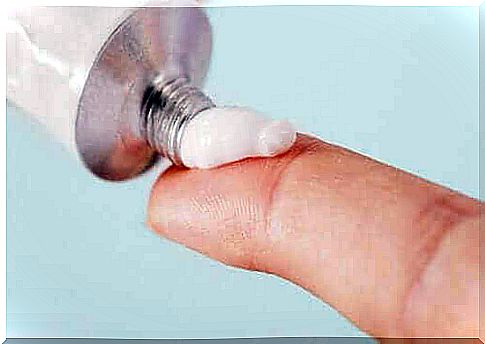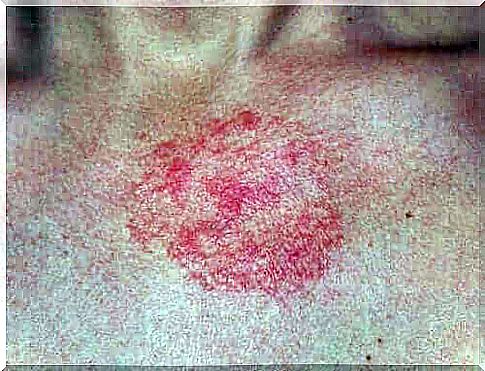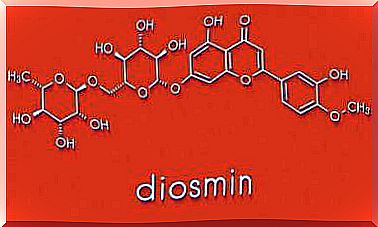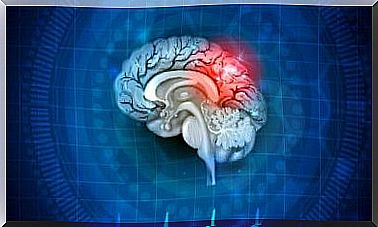Betamethasone: Use While Breastfeeding

Steroids work by reducing the secretion of substances that cause inflammation. Therefore, betamethasone may prove helpful in the treatment of diseases associated with high inflammation.
Betamethasone is a drug that belongs to the group of corticosteroids. They are synthetic glucocorticoids that have immunosuppressive and anti-inflammatory effects. Topical betamethasone derivatives act as inflammatory agents to treat dermatoses that are prone to the effects of corticosteroids.
What symptoms does betamethasone treat?

Its immunosuppressive properties make betamethasone useful for treating symptoms that arise from a sudden drop in corticosteroid levels in the body. It works by reducing the secretion of substances that cause inflammation. Therefore, it is useful in the treatment of diseases associated with severe inflammation.
Doctors recommend using betamethasone to treat:
- Primary or secondary corticosteroid deficiency in the body, such as in Addison’s disease.
- Shock that occurs as a result of bleeding, trauma, or sudden infection.
- Asthma.
- Rheumatoid diseases.
- Ulcerative colitis.
- Dermatoses that are prone to the effects of corticosteroids, such as exfoliative dermatitis, rash, erythema multiforme, or acute psoriasis.
- Ophthalmic diseases : Acute and chronic allergic and inflammatory processes such as allergic conjunctivitis, keratitis, allergic marginal corneal ulcers, or shingles.
Use of betamethasone
Betamethasone is available in various forms for oral, parenteral and topical use. The correct dose of this corticosteroid is different for each patient and your doctor will adjust it for each condition.
Topical administration is the application of a thin layer of the product to the area that needs treatment. However, specialists recommend intralesional therapy for the treatment of keloids, neurodermatitis, lupus erythematosus, or alopecia areata.
Remember that you should avoid stopping treatment suddenly, especially if it is for a long time. Remember that withdrawal of corticosteroids can lead to withdrawal symptoms, which include:
- General discomfort.
- Muscle weakness and pain.
- Anorexia.
- Nausea and vomiting.
- Fever.
- Difficulties with breathing.
- Reduction in blood pressure and blood glucose levels.
Contraindications and precautions when using betamethasone

The contraindications related to the use of betamethasone include:
- Corticosteroid allergy.
- Systemic infection caused by fungi.
- Administration of live or attenuated virus vaccines.
- Injections into unstable joints, infected areas or intervertebral spaces.
In addition, special care should be taken when using betamethasone in diseases such as:
- Bone diseases.
- Stomach or intestinal ulcers.
- Diabetes.
- Heart, liver or kidney disease.
- Glaucoma.
- Thyroid disease.
Breast-feeding
Regarding the use of betamethasone while breastfeeding, there is evidence to suggest that the amount of this drug that passes into breast milk may be significant. This is why for longer treatment it is best to use corticosteroids, which only pass into the milk in small amounts.
However, this medicine is compatible with breastfeeding when used occasionally and during short treatments. In such cases, milk production should be monitored.
If you use betamethasone before birth, your milk production may be delayed and your milk supply may decline during the first week.
Side effects associated with the use of betamethasone
Short-term therapies usually have no side effects. However, longer treatments can induce adrenal atrophy.
Moreover, topical application of betamethasone may cause allergic reactions which, if they are intense or persistent, will require medical attention.
These side effects include:
- Baking.
- Itching.
- Irritation.
- Reddening.
- Unwanted hair growth.
- Changes in skin color.
Other symptoms may also appear, such as an intense rash, redness, swelling or signs of a skin infection at the injection site. Topical use of betamethasone in children increases the risk of side effects. These include, for example, growth disorders and weight gain.
On a systemic level, with prolonged treatment, the intensity of the side effects increases with the dose and with the duration of such effects.
The following side effects may occur when administered orally or parenterally:
- Swelling of the eyes.
- Breathing problems.
- Frequent urination.
- Increased feeling of thirst.
- Dark colored stools.
- Changes in vision.
Summary
In summary, betamethasone is a corticosteroid that is mainly used topically to treat discomfort due to various skin problems. However, remember that you should always follow the specialist’s guidelines.









